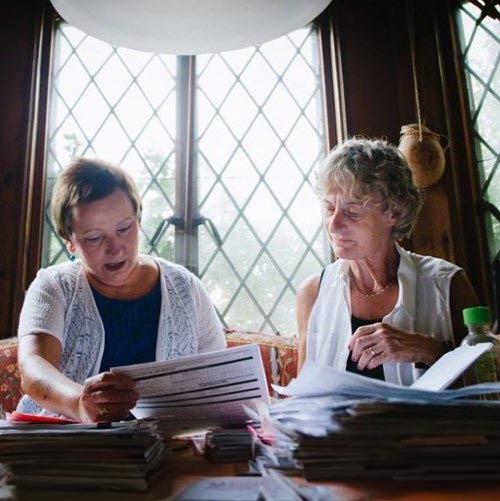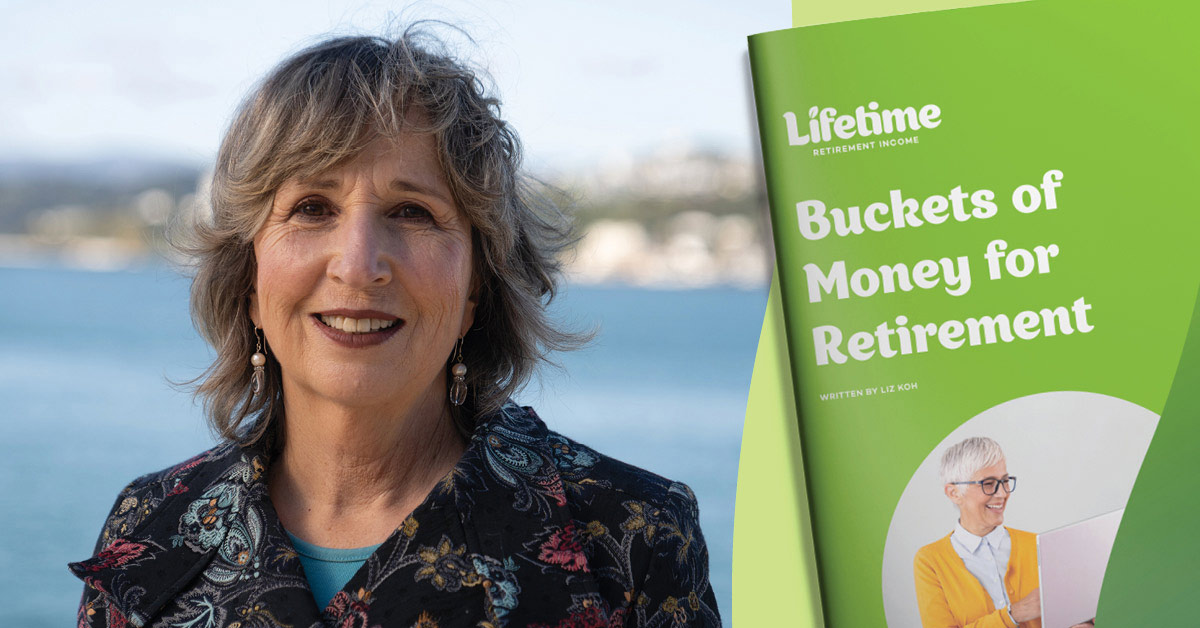News
13 March 2018
The true cost of retirement villages
Your quiet life in the village comes at a price.
Retirement housing is a big, and growing business in NZ.
According to research from global commercial property firm JLL, the number of retirement village units jumped almost 30 per cent from 2011-2016.
The JLL report, published last year, reports about 28,200 units available in NZ at the time compared to 21,815 five years earlier.
Developers had a further 15,000 units in the pipeline, in anticipation of rampant demand for retirement housing for NZ’s rapidly aging population – particularly among the 75 and over cohort.
“The growth in 75+ age group leads to demand for not only appropriate housing, but also a demand for security, socialization, and health related support services”, the report says.
While retirement village life is not for everyone, around 12 percent of New Zealanders aged 75+ are living in one.
As well as the age-related push factor, the report says retirement village demand is rising due to a strong housing market and a fall in “alternative accommodation options” for the elderly, such as living with children.
Indeed, the upbeat business projections for the sector has made retirement village companies some of the most sought-after on the NZ stock exchange (NZX); three of the five retirement village companies on the NZX have listed since 2011 with the latest, Oceania, coming on board last year.

Sunk costs, floating fees
But of course, one person’s business opportunity is another person’s cost. Ultimately, the profits accruing to the NZX five; Ryman, Metlifecare, Summerset, Oceania and Arvida (and other private firms) come from the pockets of the 32,000-odd retirees forking out for the ‘right to occupy’ units of varying quality across NZ.
Retirement village costs usually come in 3 parts: a ‘deferred’ management fee in the form of capital retained by the village operator; forfeiture of any capital gains on your unit to the village operator; and regular ongoing maintenance fees to live in the village.
Data from Consumer magazine shows the deferred management fee will see village operators retaining between 20-30 per cent of the original purchase price residents pay for the ‘right to occupy’ – an important legal distinction from freehold property title – when the unit is later sold.
As the JLL study points out, though, village units tend to be cheaper than neighbouring freehold property. Retirees can release considerable capital by selling their mortgage-free homes and moving to close-by retirement villages.
The deferred management fee is a ‘sunk cost’ that must be faced either by residents – if they sell the unit – or their estate.
Residents and their estates usually also miss out on any capital gains from rising property prices if they move out or pass away. Capital gains are normally taken by the village operator and are one of the most significant sources of revenue for operators. This means that residents who moved into a village in Auckland 10 years ago would have missed out on the approximate doubling of that region’s property prices.
There are also ongoing village ‘maintenance’ fees which must be paid from the retiree’s remaining income, usually straight from their NZ Superannuation.
According to figures from the Retirement Village Association (RVA), the average weekly fee across NZ stood at about $121. Villages may also charge a range of fees for various services – including power, phone, and internet – in addition to the standard maintenance impost.
An RVA spokesperson says ongoing fees “have remained fairly stable”.
“Our data shows an actual increase of $1.50 per [local authority area] over five years,” the spokesperson says.

Price pressure, fixed income
Nonetheless, retirement village operators are under pressure to raise prices across the board, according to a 2017 survey of the sector by ANZ.
“This year’s survey indicates prices are set to rise, and only 8% of villages expect to make no changes to prices over the next 12 months,” the ANZ survey says. “49% expect to increase prices by 5% or less, while 31% expect to increase prices between 5% and 10%.”
Village residents relying only on NZ Superannuation clearly have to devote much of that to fixed weekly costs already and any further increase is bound to cut into lifestyle spending.
However, even those with financial resources beyond NZ Super – much of it probably generated from selling their previous homes – have to think carefully about managing fixed costs.
Matching their known village expenses with an insured income from Lifetime is one way retirees can cover their village expenses for life.
Statistics suggest that more New Zealanders than ever will be facing such choices over the coming years. If the JLL forecasts prove correct, the number of New Zealanders aged 75+ will swell by about 100,000 over the next five years to reach a total of almost 400,000 by 2023.
Life in the village may not be so quiet after all...

Do you have a plan for your Retirement?

Register for the Buckets of Money for Retirement Retirement Planning Guide
Written by Liz Koh, The Buckets of Money for Retirement Planning Guide will equip you with the knowledge and tools to deal with the uncertainties of retirement.
Simply register below and start laying the groundwork for your best retirement life.